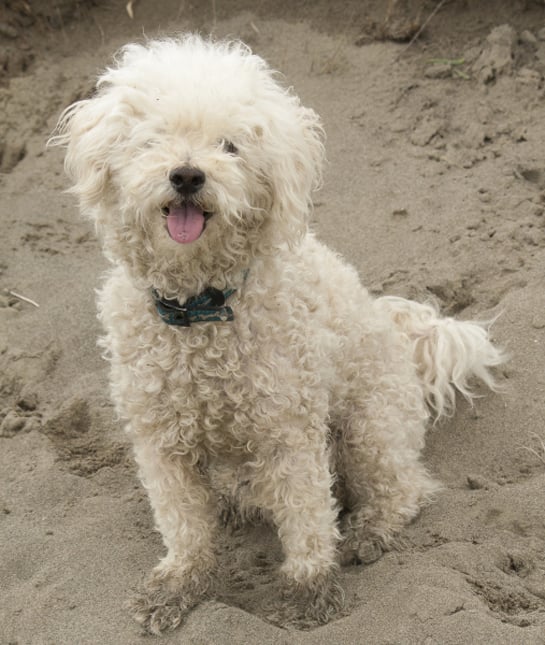
We want to know everything about dogs. Everything! But there are countless breeds of dog out there, and each one is a unique animal with its own history. That's why every week, we shine a spotlight on a different breed. This week, learn some fun facts about bichon frises.
Image via Shutterstock
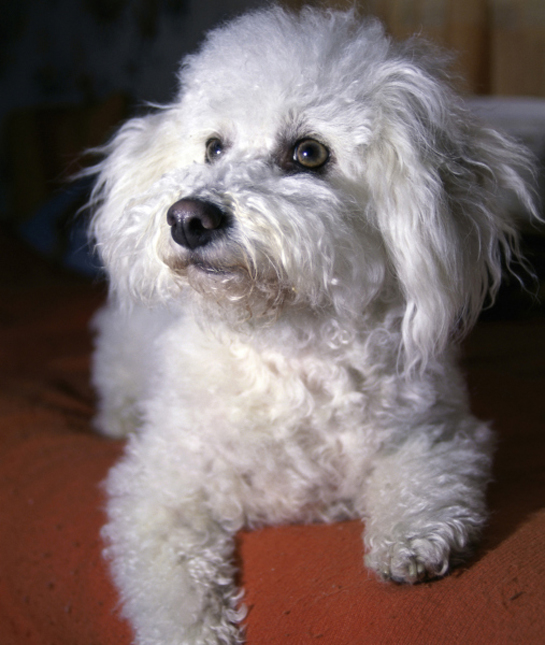
BICHON FRISE HISTORY IS ROOTED IN SPAIN AND FRANCE
Ancestors of the bichon frise have been around for thousands of years, although the name "bichon frise," which is of French origin, wasn't applied until much more recently. The small dogs with bubbly personalities were popular in Spain and elsewhere in the Mediterranean, and were used in trading, spreading their popularity. They became particularly popular in France during the Renaissance.
Image via Getty Images/Purestock
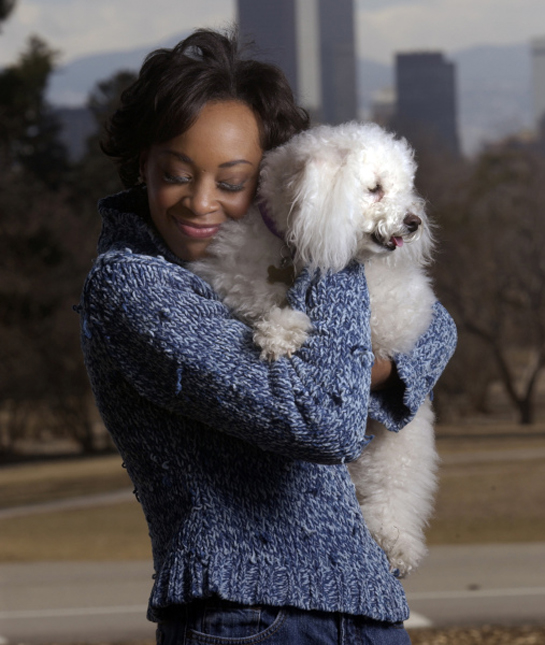
"BICHON FRISE" IS FRENCH FOR "CURLY LAP DOG"
"Frise" is the French word for "curly," and a "bichon" is a type of lap dog. Similar breeds like Maltese and Havanese dogs are also bichons. "Bichon" is etymologically related to the English word "bitch," meaning a female dog.
RELATED: 13 Dogs Playing With Toys
Image: Glenn Asakawa via Getty Images
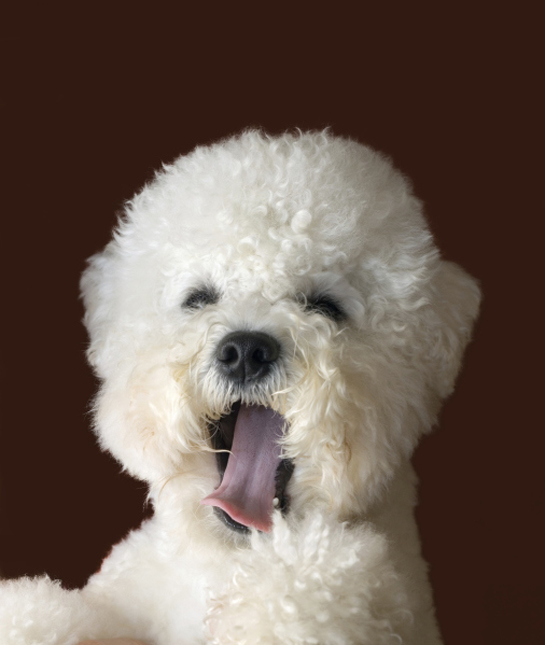
BICHON FRISES ONCE WERE OFTEN EMPLOYED AS CIRCUS DOGS
In the 19th century, bichon frises grew popular as entertainers. Audiences found them performing frequently in circuses and with street performers like organ grinders. The breed's clownish personality and friendliness made them well-suited for old-timey show business.
Image via Thinkstock
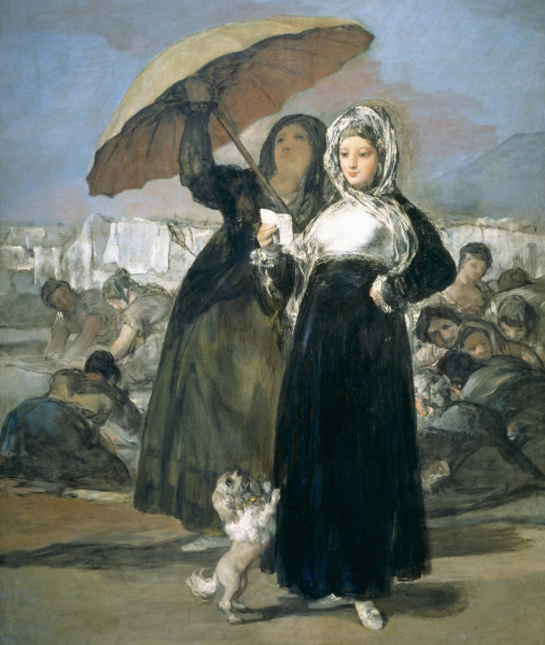
FRANCISCO GOYA PAINTED BICHON FRISES
The famous Spanish painter Francisco de Goya included dogs in many of his paintings, including several works that depicted bichon frises. This painting from 1819 is titled "Las jovenes o la carta" ("Young Woman With a Letter"). It can be found in the Palais des Beaux-Arts de Lille in Paris.
RELATED: Nuts That Are Unsafe for Dogs to Eat
Image: DEA / G. DAGLI ORTI via Getty Images
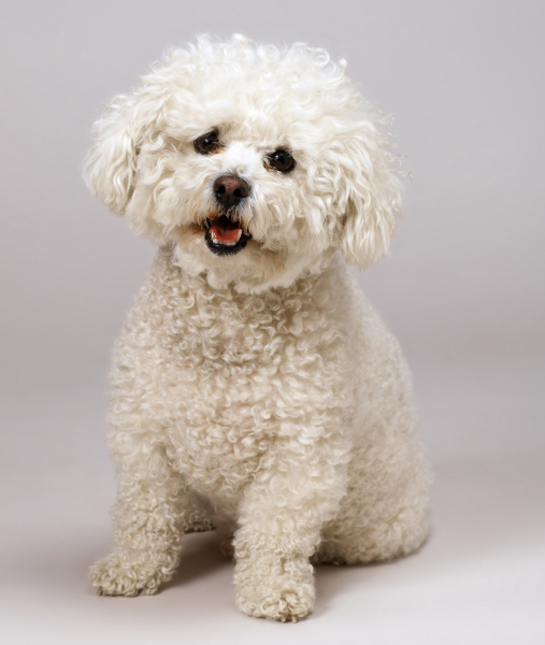
BICHON FRISES WERE ALL THE RAGE WITH FRENCH KINGS
Bichon frises gained great popularity in France, especially with French aristocracy and royalty. It is often told that King Henry III was so enamored with his bichon frises that he carried them around in a basket hung around his neck with ribbons. Pampering bichon frises became such a fad in France that it begat the French verb "bichonner," meaning to make beautiful, or to pamper.
Image via jupiterimages
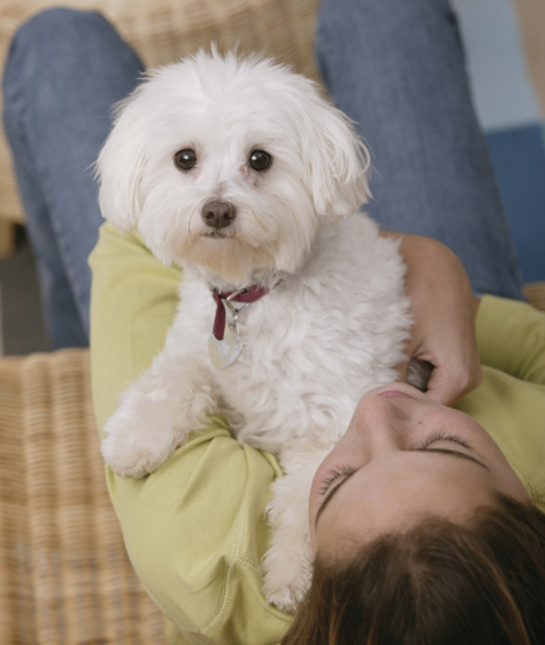
BICHON FRISES ARE HYPOALLERGENIC
There's no such thing as a totally nonallergenic dog, but some breeds are hypoallergenic, and the bichon frise tops the list. For dog lovers with mild or moderate dog allergies, bichon frises make good companions because their thick double coats don't shed. All bichon frise owners must attend to their favorite breed's extensive grooming needs, though.
Image via Getty Images
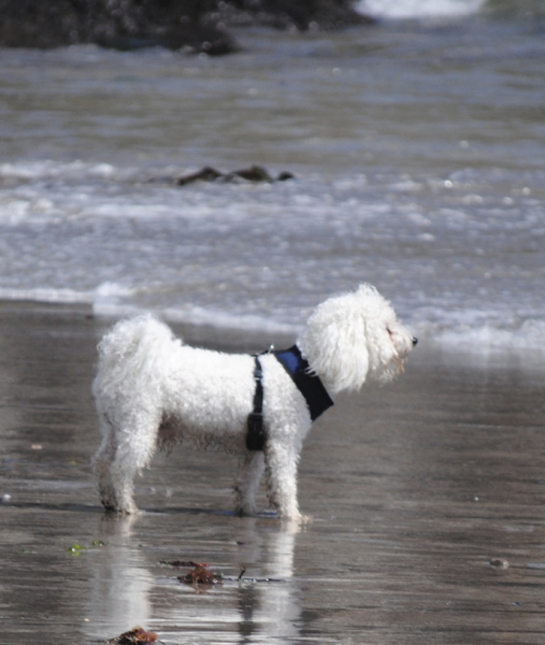
BICHON FRISES HATE WATER
Despite stereotypes, not all canines love water. Count the bichon frise under the category of dog breeds that don't like water. It makes you think about all the bichon frises those Spanish sailors brought with them aboard ships hundreds of years ago. We suppose there wasn't much worry about the dogs jumping overboard.
RELATED: 12 Dogs in Onesies
Image via Getty Images/iStockphoto
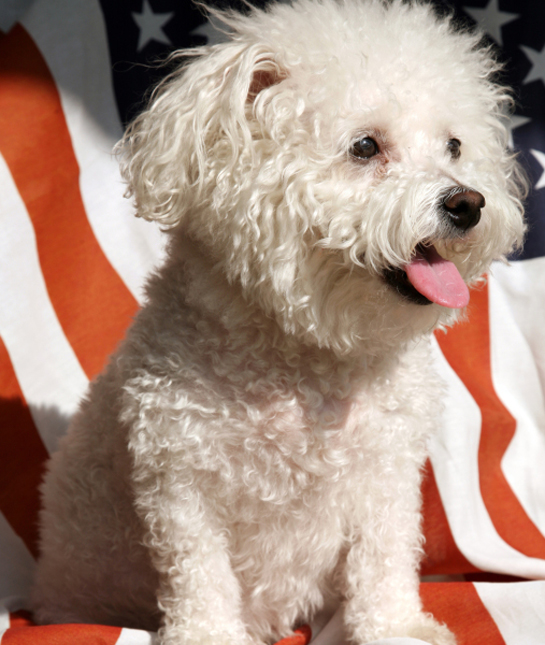
BICHON FRISES FIRST CAME TO THE UNITED STATES IN 1956
Despite their long-standing popularity in Europe, bichon frises are newcomers to the U.S. The first litter was born on American soil less than 60 years ago, after a French family brought their bichon frises with them when they moved to Michigan in 1956. Two American breeders got their hands on bichon frises of their own in 1959 and 1960, and from there the breed gained popularity quickly. The American Kennel Club recognized the breed in 1973.
Image via Shutterstock
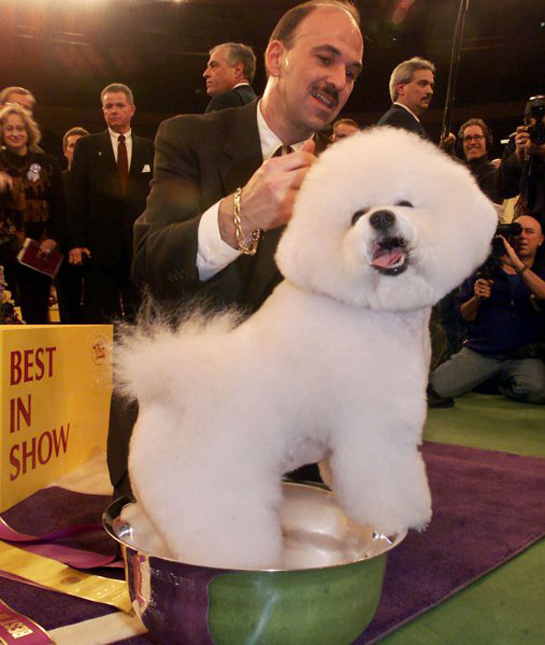
ONLY ONE BICHON FRISE HAS WON BEST IN SHOW AT WESTMINSTER
A bichon frise named Special Times Just Right, aka J.R., won Best in Show at the 125th Westminster Kennel Club Dog Show on Feb. 13, 2001. At the time, bichon frises had made it to the final ring at Westminster only three times. J.R. became the first and is so far the only bichon frise to win the coveted title. The champion dog died in 2012 at the ripe old age of 15.
Image via Associated Press



